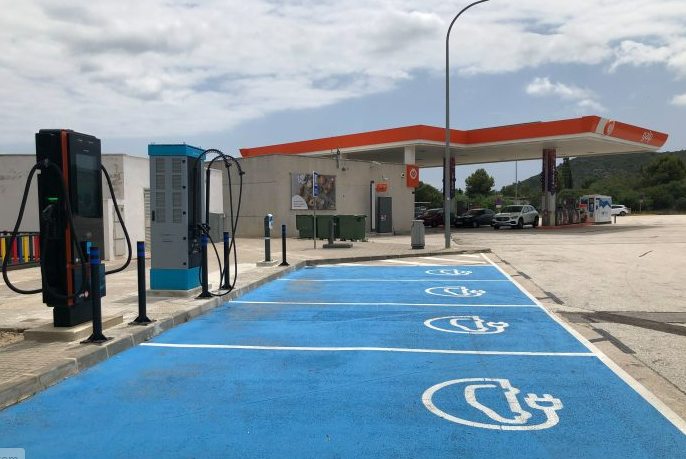Public and private actors are helping to make the transition to electromobility a success in Spain. Major investments, alliances, regulations and incentives are encouraging the massification of low-emission travel.
The charging infrastructure is gradually increasing with agreements such as the one between Galp and Powerdot, companies that closed a pact for the installation of 155 charging points on the main Spanish roads.
According to a joint statement, they informed that the chargers will be distributed in 33 different locations, specifically in the autonomous communities of Madrid, Castilla-La Mancha, Principado de Asturias, La Rioja, Aragón, Galicia, Comunidad Valenciana, Cataluña and Andalucia.
Those located in Seville, Castellón and Alicante are already operational.
Read also: Ministra de Transporte de España asegura que el país será referente mundial en movilidad
Big Plans Ahead
Galp has a plan underway to install 10,000 electric recharging points on the Iberian Peninsula by 2025.
For Ignacio de Prada, Head of Electric Mobility at Galp in Spain, the strategy is to anticipate market trends, meet the needs of electric vehicle users and set the pace for its decarbonization objectives.
In addition, Galp has 2,700 points in operation in the peninsula, both in the public and private network, and whose collaboration with innovative partners such as Powerdot will allow them to accelerate sustainable refueling in their stations and charging points throughout the country.
For her part, Powerdot’s General Manager for Spain, Laura Goncalves, emphasized that this alliance represents another step forward in the work to promote electric mobility in the Spanish market.
“One of the biggest challenges for the adoption of electric vehicles has been the poor user experience when making long-distance journeys, and the installation of these new charging points on several of the country’s main highways and roads will undoubtedly make it easier for drivers. The future of mobility is electric and, therefore, we must work to facilitate access to recharging,” explained Goncalves.







